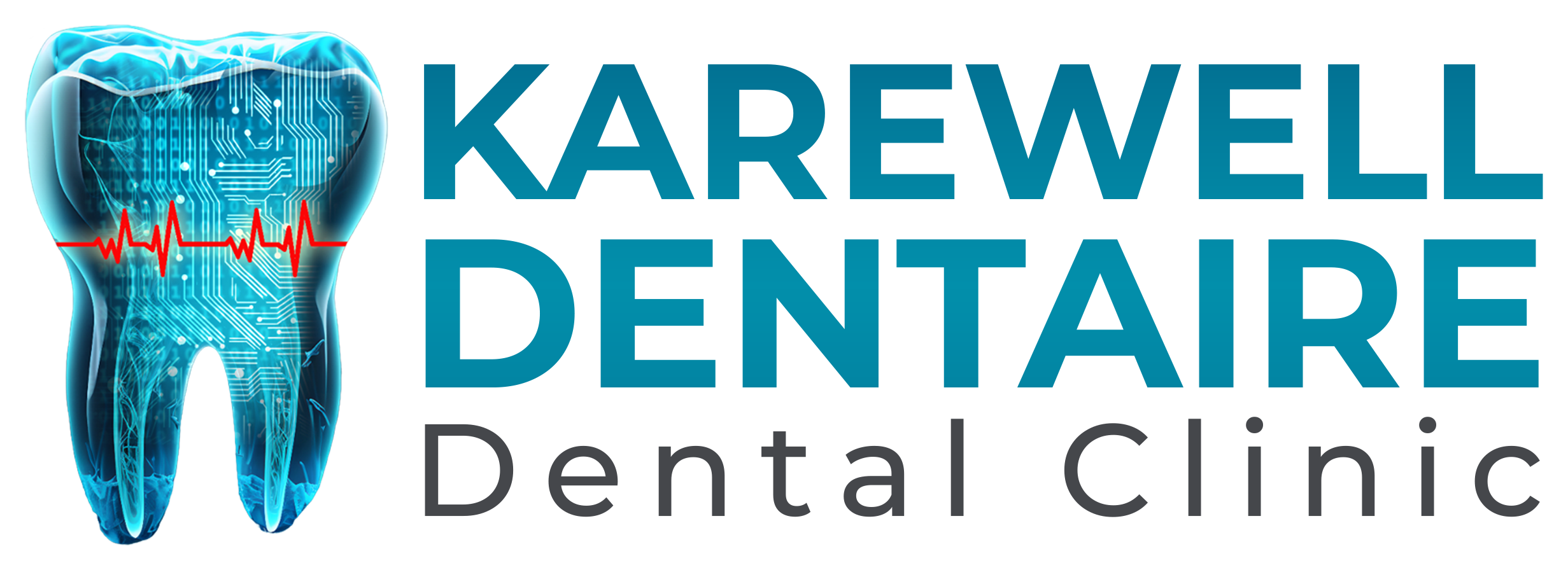We all know how crucial brushing and flossing are, but even the most diligent brushers and flossers need to visit the dentist for professional teeth cleaning. Wondering why? Because professional cleanings can reach the tricky spots that your toothbrush might miss. But teeth cleaning is just not about cleaning the teeth surface, it offers a lot more than what we see. Let’s learn more about it in this blog.
Why professional teeth cleaning is important:
Think of professional teeth cleaning as a ‘reset’ button. Teeth cleaning takes your everyday oral hygiene routine an extra mile, saving you from multiple dental problems in the future.
- Plaque and tartar removal: Plaque is a sticky film on your teeth that accumulates despite regular brushing. When it hardens into tartar, removing it with just brushing and flossing becomes impossible.
- Cavity prevention: Professional cleaning removes plaque and tartar, and when you remove these, you reduce the chances of cavities in your teeth.
- Gum disease prevention: Gum disease, a leading cause of tooth loss, often starts with plaque and tartar buildup. Regular cleanings help keep your gums healthy.
- Fresh breath: Bacteria in your mouth can cause bad breath. A professional cleaning removes these bacteria, leaving you with fresh breath.
- A brighter smile: Professional cleaning polishes your teeth, removes stains, and leaves you with whiter, brighter teeth.
- Early detection: While cleaning the teeth professionally, the hygienist can spot early signs of dental problems, allowing for prompt treatment and preventing more serious issues like oral cancer.
The process: A step-by-step guide
Professional teeth cleaning, also referred to as dental prophylaxis, is a simple yet exceptionally effective method that typically includes the following steps:
- Examination: The dental hygienist will examine your mouth to assess your oral health. They will check for any signs of gum disease, cavities, or other concerns.
- Scaling: Using specialized instruments, the hygienist will carefully remove plaque and tartar from the surfaces of your teeth, both above and below the gumline. This process may involve ultrasonic scalers that use vibrations to loosen deposits and hand scalers for precise cleaning.
- Polishing: Once the plaque and tartar are removed, your teeth will be polished using a rotating rubber cup and a mildly abrasive paste. This removes surface stains on teeth caused by coffee, tea, or smoking, leaving your teeth smooth and shiny.
- Flossing: The hygienist will floss your teeth to remove any remaining plaque and debris from between them. They may also use interdental brushes to clean hard-to-reach areas.
- Rinsing: You will be asked to rinse your mouth with water or an antibacterial mouthwash to remove any remaining debris and leave your mouth feeling fresh.
- Fluoride treatment: In some cases, the hygienist may apply a fluoride treatment to strengthen your tooth enamel and further protect against cavities. Fluoride comes in various types such as gel, foam, or varnish.
After Cleaning:
You might experience temporary sensitivity after professional teeth cleaning, especially if you have significant tartar buildup. This usually subsides within a few days. Your hygienist will provide personalized advice on maintaining good oral hygiene at home, including brushing and flossing techniques, and may recommend specific products like mouthwash or interdental brushes.
Conclusion:
Regular professional teeth cleaning should typically be done every six months. Because they help prevent dental problems, keep your teeth bright, and contribute to your overall well-being.

